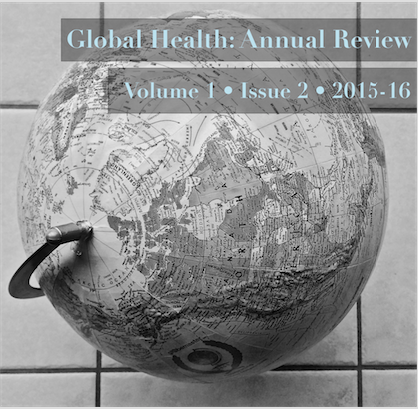

They may have no trouble recognizing the enormous gap between blacks’ and whites’ income, wealth, housing, nutrition, and health care. Since they have not done such things, at least none they are aware of, they cannot be guilty. A “racist,” in white people’s imagination, is someone who does nasty, hateful things to blacks and other people of color, and does so intentionally, much like a criminal commits crimes (Wise, Citation2008).

Racism persists so tenaciously in a country where it is illegal, and where people, when asked about their racism, respond, “Me racist? How dare you!” not only because they deny their racism, but also because they deny it so effectively, not only to others, but to themselves. “What an insult to even suggest such a thing!” So they push thoughts of racism out of their minds, they move racist acts out of sight, behind closed doors-to the “backstage” as Leslie Picca and Joe Feagin ( Citation2007) put it-where the law can’t touch them, where racism can’t be proved or disproved, can’t be criminalized, deemed unconstitutional, and most times, can’t even be noticed. 3), whites feel mostly perplexity and outrage, mostly injustice, when asked to account for their racism. In this new age, because “no one, or almost no one, wishes to see themselves as racist” (Memmi, Citation2000, p. On the possibility that whites had any need to discontinue their racial domination and to repair the inequities of the past, denial became the new rule. “We’re not against blacks,” they would soon be saying, “We’re pro-white” (Bonilla-Silva, Citation2003, p. By the end of the 1960s, even the Ku Klux Klan began adding a certain discretion to their discourse, a certain lightness. They began to distance themselves from what they said and what they felt, to dissociate themselves from stereotypical, negative views of blacks, and even began proclaiming the need for integrated neighborhoods, schools, jobs, and public services (Brown et al., Citation2003 Feagin, Citation2014).

With the passage of the Civil Rights and Voting Rights Acts, and the introduction of the Civil Rights and Equal Employment Opportunity Commissions in the late 1960s, whites began concealing their racism more carefully than ever before. White privilege pedagogy does this by focusing on personal identity (whites’ personal identity) over institutional structures, by paying more attention to whites’ experiences than to blacks’, by falsely claiming that the confession of white privileges leads to social action beneficial to blacks, and by restoring and expanding whites’ sense of moral rightness. On the contrary, it makes them more complacent, more at home in an unjust world, and more comfortable with their whiteness. Teaching whites to “unpack their invisible knapsack” does not make them more willing to take action against racial inequality. This article uses Ricoeur’s hermeneutics of suspicion, an interpretive strategy directed to the hidden or repressed meanings behind texts, to examine the origins of white privilege pedagogy, in particular their foundational technique, “unpacking the invisible knapsack.” This article’s chief finding is that this pedagogy, though designed to fight racism, has the unintended effect of supporting white privilege.


 0 kommentar(er)
0 kommentar(er)
